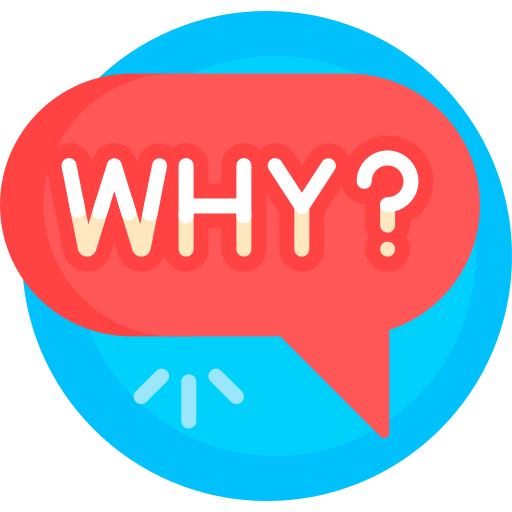Middle school teachers, do you ever wonder how you can best:
Measure your students' level of mastery?
Determine what content needs reinforcement?
Evaluate the success of teaching methods you have implemented?
Collect student data?
The answer to all of those questions is assessment! Assessment is essential to evaluate whether the educational goals and standards of your lessons are being met.

There are two main types of assessment: summative and formative. While formative evaluation takes place throughout the learning process, summative assessment occurs at the end of a unit of study.
Understanding what summative assessment is and how to implement it will help answer all of the questions above and much more!
Summative Assessment: What Is It and Why Use It?

Usually given at the end of a learning unit or period of time
Typically graded with a traditional letter or number score
Scores are compared against a standard or benchmark
Focuses on evaluating after learning occurs, rather than improving during the learning progress

Provides teachers with information about how well students have mastered the material covered
Identifies areas where students need reinforcement
Helps improve curriculum planning
Helps identify gaps in teaching
Can motivate students to improve grades

While the most commonly known type of summative assessments are tests, summative assessments can take a variety of forms.
1. Portfolios
A portfolio is a collection of student work completed over a period of time and connected to learning standards.
While portfolios have traditionally been created using examples of hard copy projects, digital versions are becoming more common.
Portfolios can contain a variety of projects including:
essays
photographs
self-reflections
book reports
art pieces
reading logs
lab reports
videos
Tips for Using Portfolios
Increase student sense of ownership by allowing them to choose work that goes into their portfolio.
Require a self-reflection component of each project explaining why that piece was chosen.
Include a variety of work for each topic.
For a summative assessment score, use a rubric such as this one developed by University of Wisconsin-Stout.
In the TikTok below, a teacher shows a file folder decorated by a student and labeled with his name and class period. She describes the guidelines attached on the inside of each folder related to organizing and decorating. According to her experience, providing guidelines produces better results.
2. Infographics
Infographics are visual representations of information.
The content a student provides in an infographic showcases their level of knowledge when used as a summative assessment.
There are several types of infographics, including:
Statistical — summarizes data
Informational — provides a topic overview
Geographic — details locations, demographics, maps
Timeline — shows progression over time
Process — describes the steps in a process
List — shares a collection of ideas, resources, facts
Infographic Tips:
Begin by explaining and showing examples of the different types of infographics with students.
A grading rubric such as this one developed by Kathy Schrock provides students with a guideline when creating infographics and is an objective summative assessment tool for teachers.
Learn more about one-pagers, a type of infographic in this this Byte.
Quiz
Which student assignments would work well as an infographic? Select all that apply.
3. Podcasts
Podcasts are digital audio files that are downloaded and available online.
They're often produced as a series but can also exist as standalone episodes.
 Until recently, the use of podcasts in the classroom has often been limited to professionally produced series used as a teaching tool.
Until recently, the use of podcasts in the classroom has often been limited to professionally produced series used as a teaching tool.
 However, student created projects as an assessment tool are growing in popularity.
However, student created projects as an assessment tool are growing in popularity.
Podcast Ideas:
Explain how to perform a math problem.
Interview a peer as if he or she were a book character.
Summarize a book chapter.
Describe the results of a lab experiment.
Podcast Tips:
Keep episodes short — around 5 minutes — to start.
Use graded podcasts as a study resource.
Use tools like RecordMP3Online or vocaroo to record.
Take Action
Are you ready to take on a new form of summative assessment in your classroom?

Your feedback matters to us.
This Byte helped me better understand the topic.
